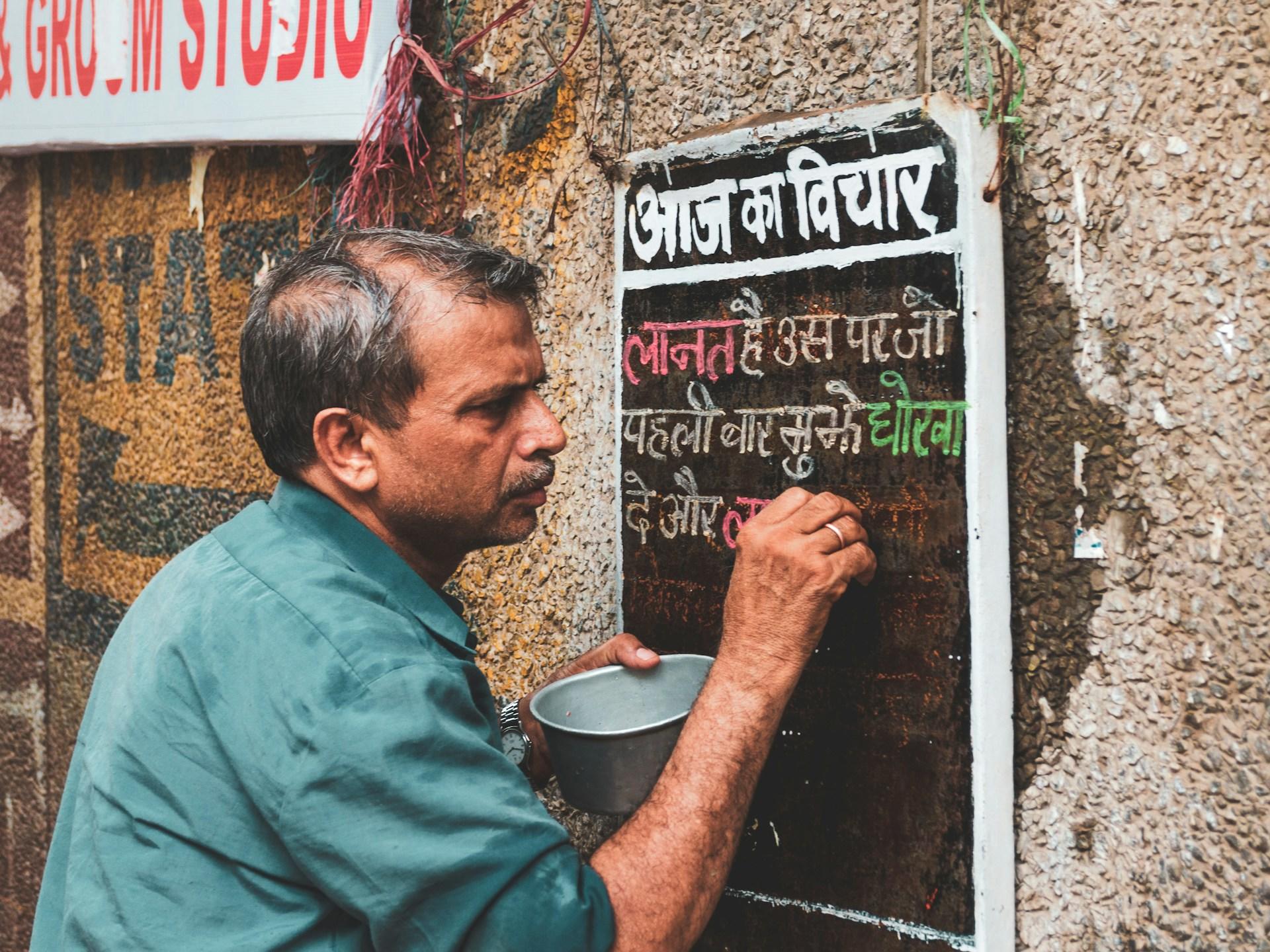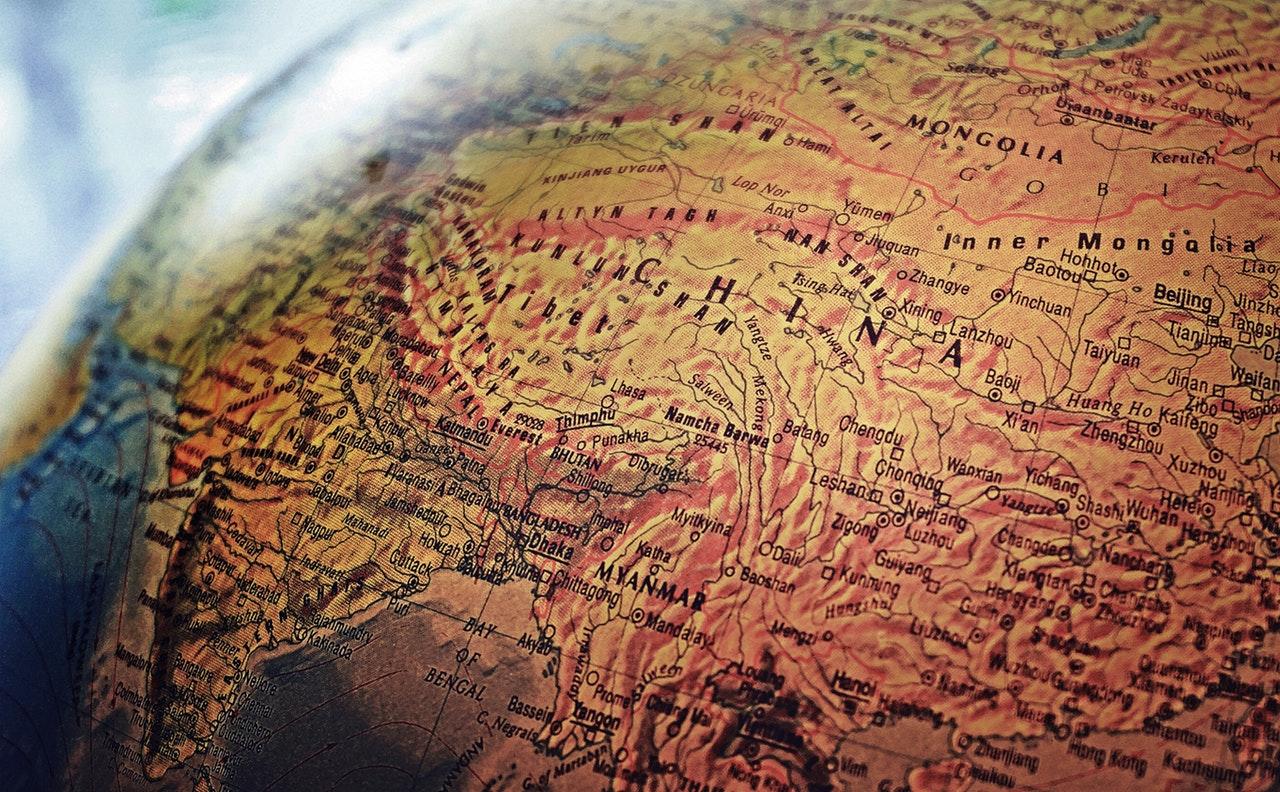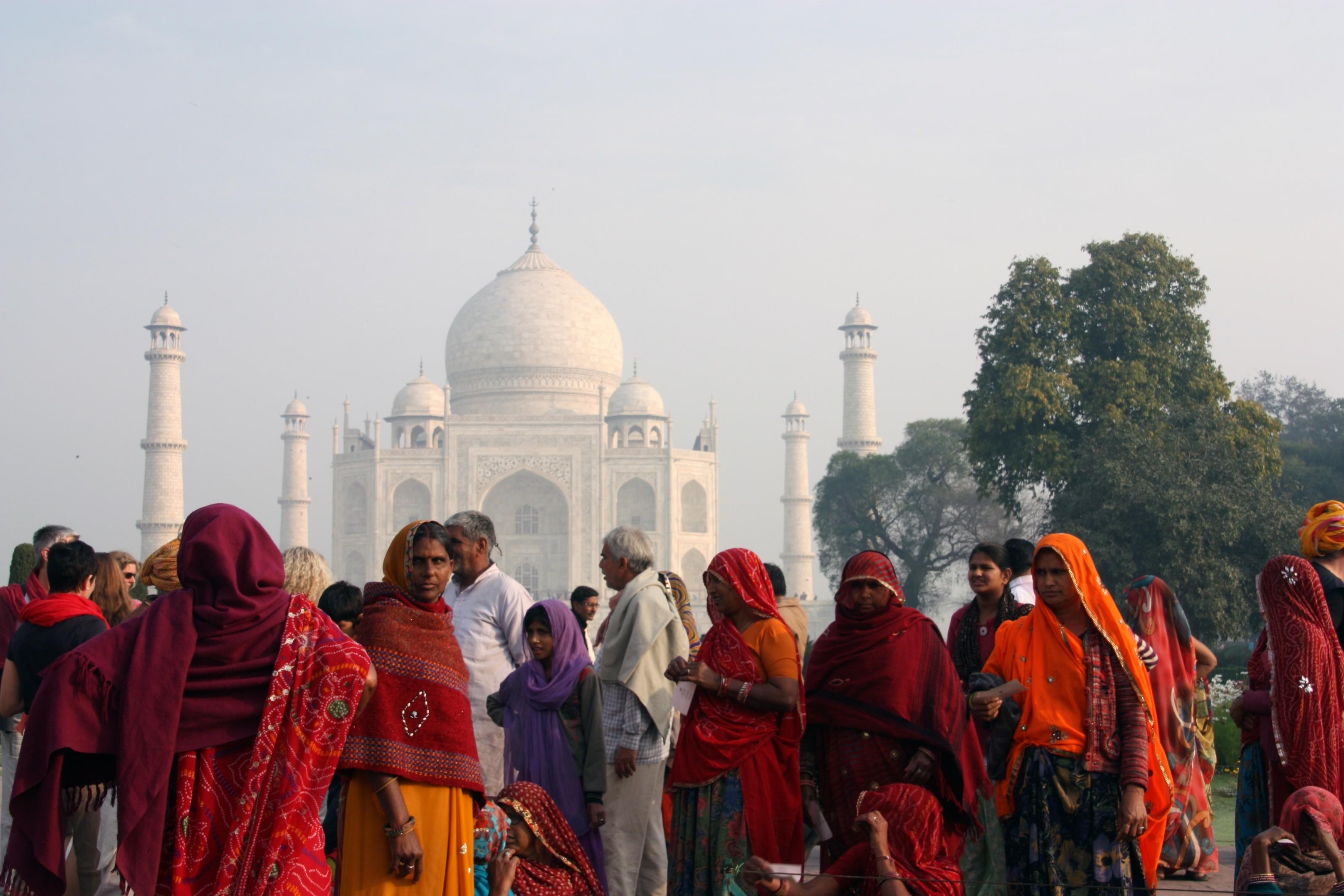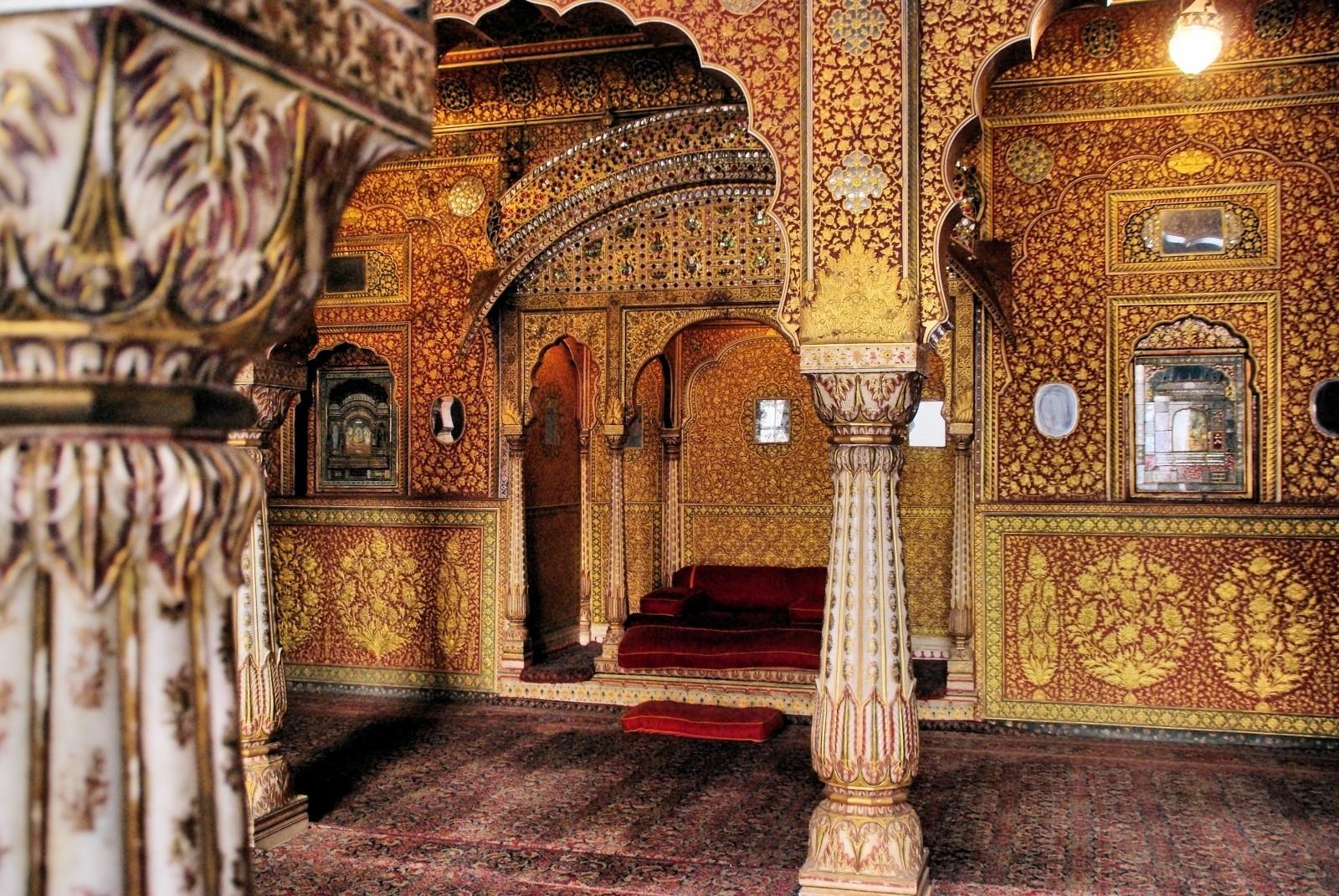India is a country with a vast and rich history in all aspects; one of those aspects is language!
Before Britain ever made contact with the subcontinent, India was already bursting with regional languages and dialects. As a result, there are hundreds of indigenous languages all over India. Some are spoken by millions (or billions) of people, and others are spoken by only 5,000 or fewer.
It’s impossible to learn every language in India, so what are the top ones to know? If you’re interested in travelling across this incredible country, it’s a good idea to arm yourself with the language(s) most likely to help you communicate with the locals! Read more about the top languages spoken in India.
Top 5 Languages Spoken in India
| Language | Number of First Language Speakers | Percentage of Population |
|---|---|---|
| Hindi | 528,347,193 | 43.63% |
| Bengali | 97,237,669 | 8.30% |
| Marathi | 83,026,680 | 7.09% |
| Telugu | 81,127,740 | 6.93% |
| Tamil | 69,026,881 | 5.89% |

A Brief History of Languages in India
It should come as no surprise that a country as vast, populous and rich in history as India, has been influenced by many outside factors while at the same time developing very distinct regional cultures.
As far as history can tell, Sanskrit was the most common language in much of the subcontinent, starting between 1700 and 1200 BCE. From Sanskrit, Hindi was eventually developed, probably around 1500 BCE. Marathi was probably also developed from Sanskrit in the 3rd century BCE and experienced a boom in popularity with the Maratha Empire in the mid-1600s CE. Bengali and Gujarati may also derive from a form of Sanskrit.
In 1526, the Mughal Empire established itself in India. The Mughals’ official language was Persian. Over time, it mingled with Hindi to create Urdu, among other dialects.
The Dravidian languages in South India (Tamil, Kannada, Malayalam, and Telugu, among others) have an unclear yet ancient origin, with varied emergence occurring between 1200 BCE and the 6th century CE. They likely had some influence from Sanskrit-adjacent languages, since the different cultures mingled at times, but overall, they developed writing and language systems different from the more Northern dialects.
Other ancient languages across the land like the Sino-Tibetan languages (eg: Manipuri) and Austroasiatic languages (eg: Santal and Munda) seem to have completely different origins than the others, being developed in secluded communities with little outside contact. And the contact they did have was more likely to be from Southeast Asia, depending on the location.
English was first introduced in India in 1611 when the East India Company arrived at the court of Mughal Emperor Jahangir and secured the rights to trade in India.
In the late 18th century, Britain began colonising India, throwing the language sphere into chaos. In 1835, British governors declared that English was the official language of India. It became beneficial for Indians to learn English and try to get well-paying jobs in areas controlled by the British. However, English was not widely taught to the Indians, because the British wanted to keep a barrier between the two parties. Although there never were many British people living in India, they controlled most of the country's wealth and political institutions. They imposed British laws and created wicked ones to maintain their dominion over the Indian sub-continent.
The rule of the British Raj, which began in 1858, made English all the more popular, valuable, and necessary.
Even after India gained independence in 1947, English remained a valuable language, since so many Indians (although a small percentage of the population) had learned it, especially those involved in things like government.
Due to all of these factors, India has a complex and comprehensive relationship with teaching and using languages to this day.
Today, the government recognises Hindi, written in the Devanagari script as the official language of India alongside English; there is no national language. Hindi only gained recognition in 1949 after much lobbying, as Indians wanted to embrace and enforce their pre-colonial heritage.
Discover amazing online Hindi classes on Superprof today!
The Indian Government recognises 121 languages in an official capacity
There are over 19,000 reported languages in India according to the 2011 census
Top 5 Spoken Languages in India
As of 2011, the Indian Constitution recognises 22 languages with an “official status,” meaning they are the top languages spoken by 96.71% of the country (according to the 2011 census). This may seem like a lot of languages, but it’s not even close to the full number of languages found across the country.
According to the same census, there were 19,569 reported mother-tongue languages. However, after the census officers analysed the data, they reasoned that there were 1,369 “rationalised languages and dialects” and a further 1,474 unclassified languages and dialects.
Further analyses showed that of all the declared languages, only 121 had 10,000 or more speakers. The top 22 gained “official status,” and the remaining 99 languages are only spoken by 3.29% of the country combined, so they are not recognised in a government setting.
In the 2011 census, the top 5 mother-tongue languages were found to be:
- Hindi
- Bengali
- Marathi
- Telugu
- Tamil
However, English is the second-most spoken language after Hindi. Although only 259,678 people reported having English as their mother tongue, there were about 129,000,000 total speakers (10.6% of the population) since so many Indians learn English in school.
It’s important to note that this data set is limited since it’s so old; India intended to conduct the newest census in 2021, however, it was not possible because of the pandemic. They are set to conduct the new census in 2024 after the election cycle. Then we will see how these numbers have changed!
You can find Hindi language classes Melbourne here on Superprof.
There are 22 languages with Official Status in India. However, there are 99 unclassified languages (for a total of 121 recognised languages), and over 19,000 languages were reported in the 2011 census!
Hindi is the Most Common Indian Language
Hindi is spoken far and wide across India. But it’s important to note that not everyone in India knows Hindi!
While it’s the most common native language, only 57.1% of the population speaks it (as of the 2011 census)! The number today is likely higher, but there are still millions of people in India who do not know Hindi.
If you’re travelling somewhere Hindi is less likely to be spoken (mostly in South India and the Northernmost regions), so it’s a good idea to learn the specific language local to that area.
The History of Hindi in India
As you know, Hindi was derived from Sanskrit. More specifically, it developed from the Apabhramsha dialects of the Prakrit languages, which were influenced by Sanskrit. Prior to the 11th century, Hindi existed as a collection of regional dialects and vernacular forms of Sanskrit. The Rajasthani and Braj Bhasha dialects began to emerge during this time, laying the foundations for a more unified Hindi language.
The Delhi Sultanate and Lodi dynasty further helped standardize Hindi, as it was used as an administrative language alongside Persian. The Mughal emperors also patronized Hindi poetry and literature.
In the 19th century, a standardized version of Hindi was established, drawing from Khariboli and other regional dialects.
Today, Hindi is the Official Language in nine states: Bihar, Chhattisgarh, Haryana, Himachal Pradesh, Jharkhand, Madhya Pradesh, Rajasthan, Uttar Pradesh and Uttarakhand, plus Delhi.

The Bengali Language in India
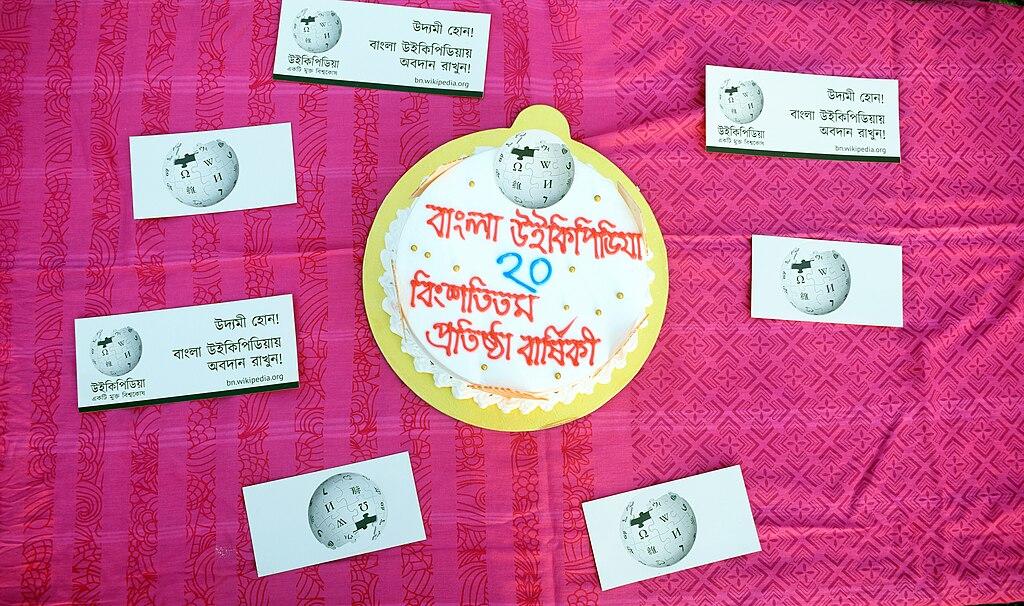
Bengali is the second most widely spoken native language in India after Hindi. Like Hindi, Bengali belongs to the Indo-Aryan family of languages. The modern form of Bengali emerged during the 19th and 20th centuries and was based on the dialect spoken in the Nadia region, today part of the Indian state of West Bengal.
The vocabulary of the emerging language drew most of its words from Magadhi Prakrit and Pali dialects but also borrowed a great deal from Sanskrit, Persian and Arabic as well as other Asian languages the locals were in contact with.
Today Bengali is mostly spoken in the Indian states of West Bengal, Tripura and parts of Assam as well as in the Andaman and Nicobar Islands and counts more than 80 million speakers in India only. Because it is also the national language of Bangladesh (one of the most populous countries in the world) Bengali is the 7th most spoken native language in the world with around 300 million speakers worldwide. The national anthems of both India and Bangladesh are in Bengali (although the Indian anthem was translated to Hindi in 1950).
See different Hindi lessons for kids here on Superprof.
There are more than 602 million Hindi speakers across the world, making it the 3rd most-spoken language globally. Bengali is the 7th most-spoken language with more than 272 million global speakers, and Urdu is the 10th, with about 231.3 million global speakers.
The Marathi Language in India
Marathi is another Indo-Aryan language mainly spoken on the western coast of India in the states of Goa and Maharashtra (making it the official language of the city of Mumbai) and in the union territories of Daman and Diu and Dadra and Nagar Haveli. Even though it is not the official language of the state of Goa, any official business can legally be conducted in the Marathi language.
As one of the oldest Indo-Aryan languages in India, and because it was the official language of the Maratha Empire, Marathi spread far beyond its birthplace and counts today more than 83 million native speakers making it the third most spoken language in India.
The first apparition of Marathi-related dialects can be traced all the way back to the 3rd century BCE and is often considered to be a sister language to Sanskrit with both languages borrowing from each other lexicon. Marahati was also influenced by Persian, Arabic, and English as well as Portuguese (Goa was a Portuguese territory).
The Telugu Language in India

Telugu is the fourth most spoken native language in India. Contrary to Hindi, Telugu belongs to the Dravidian language family, which linguists have struggled to identify a birthplace for. Some think that the Dravidian languages may have been born in India while others believe that it was brought by migrations three to four thousand years ago.
Wherever it came from, the Dravidian languages, including Telugu, are mainly spoken in South and Southeast India with small communities speaking Telugu-related languages living in Pakistan, Afghanistan, Nepal, Bangladesh, Bhutan, Malaysia, Indonesia and Singapore.
Telugu is the official language of the Indian states of Andhra Pradesh, Telangana, and the union territory of Puducherry but due to historical migrations, Telugu is also spoken in some other regions: Tamil Nadu, Karnataka, Maharashtra, Odisha, Chhattisgarh, parts of Jharkhand and the Kharagpur region of West Bengal. It is also commonly used in the Andaman and Nicobar Islands and within a small group of people in Sri Lanka.
Because Telugu is one of the oldest languages in India, with historical proof of Telugu being used going as far as 400 BCE, the language has been listed by the Indian government as a classical language of India.
The Tamil Language in India
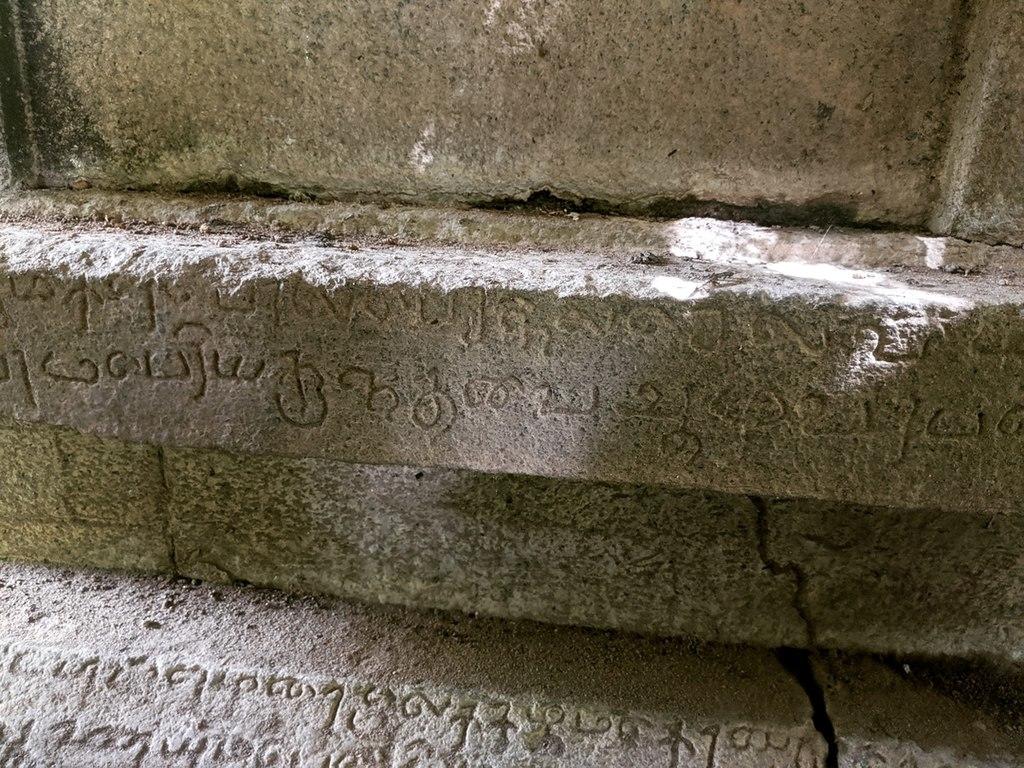
Tamil is the 5th most spoken native language in India with more than 60 million speakers, and similar to Tengulu it belongs to the Dravidian language groups. It is one of the 22 languages recognised by the 8th schedule of the Indian Constitution, and it is also the official language of the Indian states of Tamil Nadu and the Indian Union Territory of Puducherry.
Tamil is also commonly used by large minorities in the states of Andaman and Nicobar Islands, Kerala, Karnataka, and Andhra Pradesh. Because of the importance of the Tamil diaspora, Tamil is the official language of two other countries: Singapore and Sri Lanka. It’s even recognised as a minority language in Canada, Malaysia, Mauritius and South Africa.
In 2004, due to political lobbying, Tamil became the very first Indian language to be listed as one of the Classical Languages of India.
What Are the 22 Official Status Languages in India?
Besides Hindi, Bengali, Marathi, Telugu, and Tamil, the other recognised languages are:
- Assamese
- Bodo
- Dogri
- Gujarati
- Kannada
- Kashmiri
- Konkani
- Maithili
- Malayalam
- Manipur
- Nepali
- Odia
- Punjabi
- Sanskrit
- Santali
- Sindhi
- Urdu
It’s exciting to think about what the newest Indian census will reveal once it’s finally administered and analysed! Will there be more languages that gain Official Status? How many speakers are there now for each of these languages? Have any of the 19,000+ reported mother tongues died out? Have any new dialects formed?
In the meantime, you can learn the most widespread Indian language via Hindi classes with a qualified tutor on Superprof!

